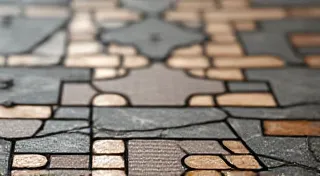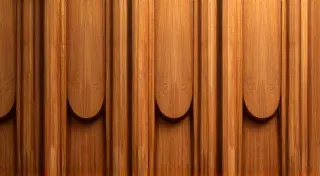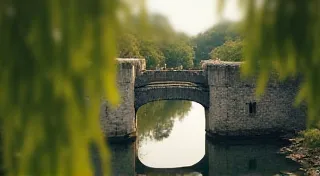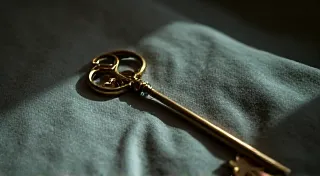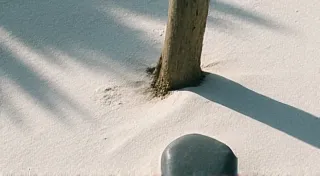The Echo of Hammers: Craftsmanship’s Vanishing Legacy
There’s a peculiar sorrow that settles over you when you stand before a truly old building. It's not just the wear of time, the faded grandeur, but a palpable sense of loss – the echo of a vanished world. A world where buildings weren't mass-produced, but breathed with the individuality of their makers. We often speak of forgotten architectural styles, of Romanesque curves or Byzantine mosaics returning to the spotlight, but what’s more heartbreakingly fading is the *how* – the skills, the techniques, the deep understanding of materials that allowed those styles to exist in the first place. We’re losing the echo of hammers, the song of the chisel, the intimate knowledge passed down through generations.
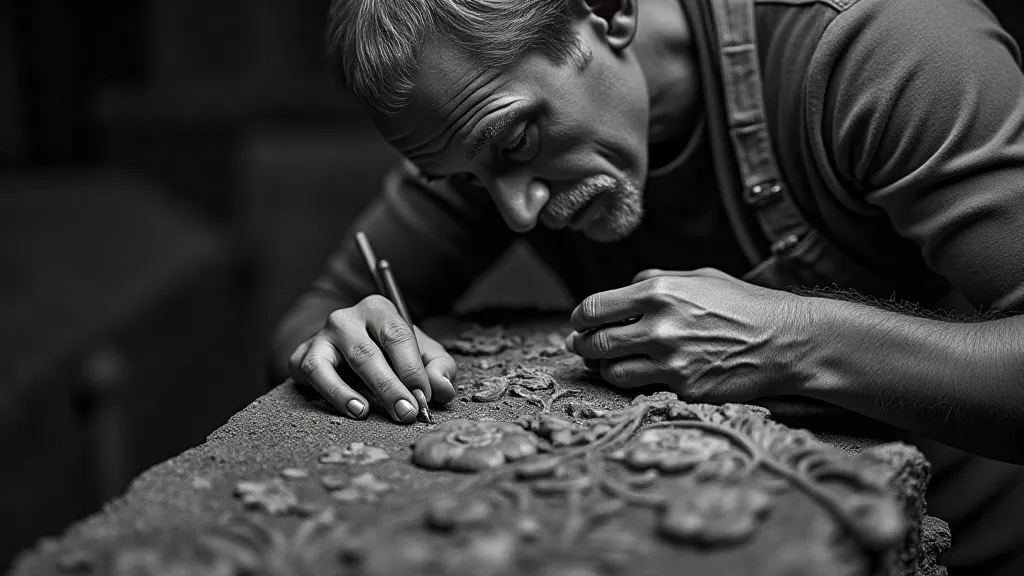
The Rise of Efficiency, the Fall of Artisanship
The Industrial Revolution brought undeniable progress. Mass production lowered costs, made housing more accessible, and, in many ways, improved lives. But it also heralded a slow, insidious decline in traditional building crafts. The urgency to build *faster* and *cheaper* incentivized the replacement of skilled artisans with less-skilled laborers performing repetitive tasks. The apprenticeship system, once the bedrock of architectural training, fractured. Why spend years learning the subtle art of lime mortaring when a factory-mixed cement could be poured in minutes?
I remember my grandfather, a carpenter by trade, telling me stories of his own apprenticeship. He spent years learning to select timber, to read the grain, to understand how wood behaves under stress. He could, he claimed, “hear” the wood, knowing exactly how it would respond to his cuts. This intimate understanding was invaluable, resulting in structures of remarkable resilience and beauty. His hands, calloused and strong, bore the marks of a life spent connecting with the material, a direct link to the history of carpentry itself. It's a connection that's increasingly rare.
The Beauty of Imperfection: A Lesson from Lime Mortar
Consider lime mortar, the traditional binding agent for stone and brick. It’s a living material, capable of “breathing,” absorbing and releasing moisture to protect buildings from decay. Its application is a subtle art, requiring an understanding of weather conditions, the specific properties of the lime, and the character of the stone. Modern cement, while stronger in certain respects, is impermeable. It traps moisture, leading to internal pressure and ultimately, to crumbling walls. The perceived “imperfections” in lime mortar – the slight variations in color, the subtle texture – are not flaws, but signs of life, of a building interacting with its environment in a healthy way.
My own fascination with old buildings began with a crumbling wall in my grandmother’s garden. It was built with lime mortar, and over the years, it had developed a beautiful, textured patina. I remember watching a local craftsman meticulously repoint it, each stroke of the trowel a testament to his skill and respect for the original builders. He explained to me the importance of slaking the lime correctly, the nuances of mixing it with sand, and the subtle art of matching the existing color. It wasn't just about repairing the wall; it was about preserving a tradition, a connection to the past.
The Loss of Secrets: The Decline of Green Oak Roofing
There are entire fields of traditional building knowledge that are rapidly disappearing. Green oak roofing, for example, was once a common sight across Europe. Utilizing freshly felled oak, the process involves careful seasoning and shaping, allowing the wood to shrink and tighten as it dries, creating a remarkably durable and weather-resistant roof. The skill lies in predicting and managing this natural movement, ensuring the roof remains watertight for centuries. Few know how to do it now; the knowledge passed down through families, often orally, is fading. Attempts to revive the practice are hampered by the lack of experienced practitioners and the time and expense involved – factors that make it uncompetitive in a world obsessed with speed and efficiency.
It’s not merely about the physical skills themselves. It's about the *understanding* that underpins them. Knowing why a particular type of timber is best suited for a specific application, understanding the behavior of different clays in firing, knowing how to create natural pigments that will withstand the elements – these are the secrets that are being lost. They are not found in textbooks or online tutorials; they are learned through years of observation, experimentation, and mentorship.
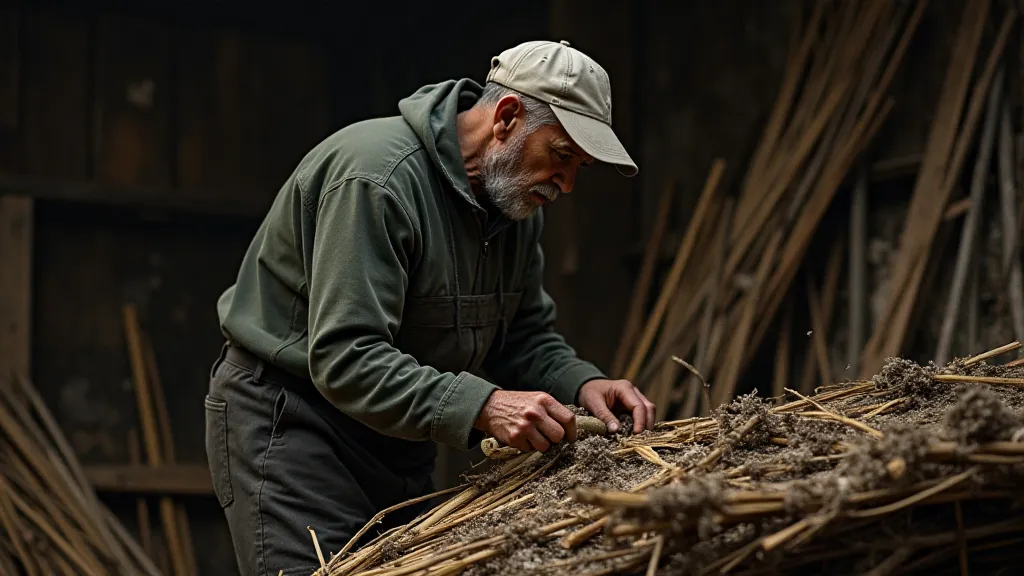
Preserving the Echo: Restoration and Appreciation
The good news is that there is a growing awareness of the importance of preserving traditional building crafts. Restoration projects are increasingly prioritizing the use of traditional materials and techniques, not just for their aesthetic value, but for their ability to ensure the long-term sustainability of buildings. Organizations are working to revive apprenticeship programs and to document traditional building knowledge before it is lost forever. Collecting antique tools and materials can also be a way to connect with this vanishing world – tangible reminders of the skills and artistry that once flourished.
But beyond the technical aspects, there’s a more profound need for appreciation. We need to cultivate a deeper understanding of the value of handcrafted objects, of the beauty of imperfection, and of the human connection that is embedded in traditional building. When we stand before an old building, let us not just admire its appearance, but let us also imagine the hands that built it, the skills that were employed, and the knowledge that was passed down. Let us strive to preserve the echo of hammers, the song of the chisel, and the intimate understanding of materials that allowed those magnificent structures to rise.
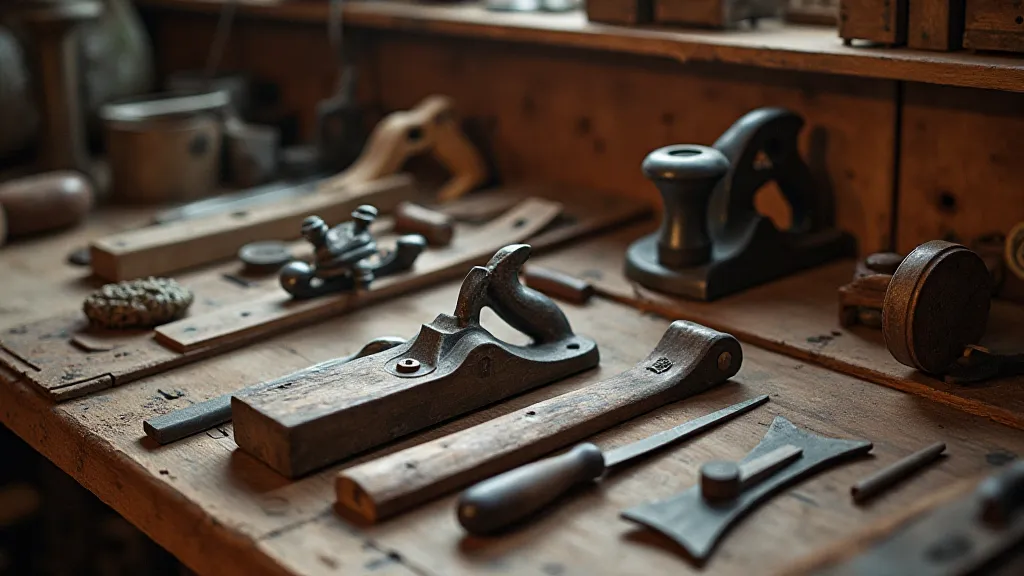
The legacy of these artisans isn’s just in the buildings they constructed; it’s in the spirit of dedication and artistry that they embodied. By understanding and valuing this legacy, we can ensure that the echo of hammers continues to resonate for generations to come.

